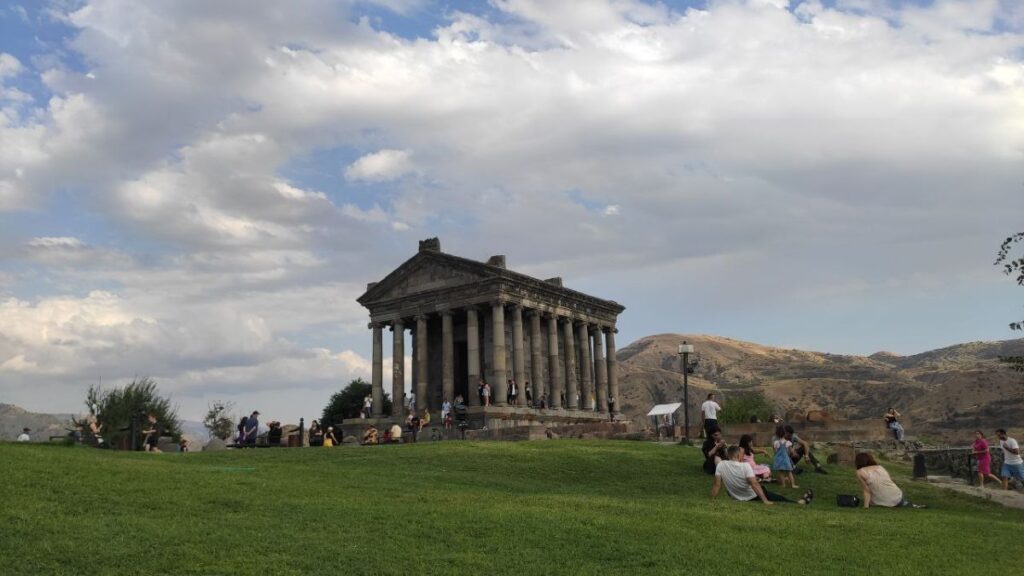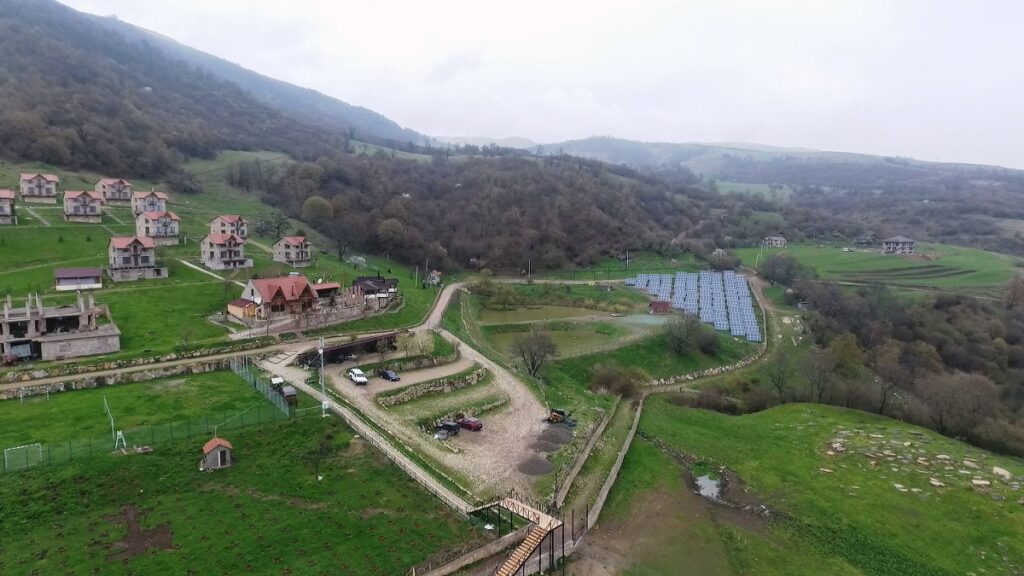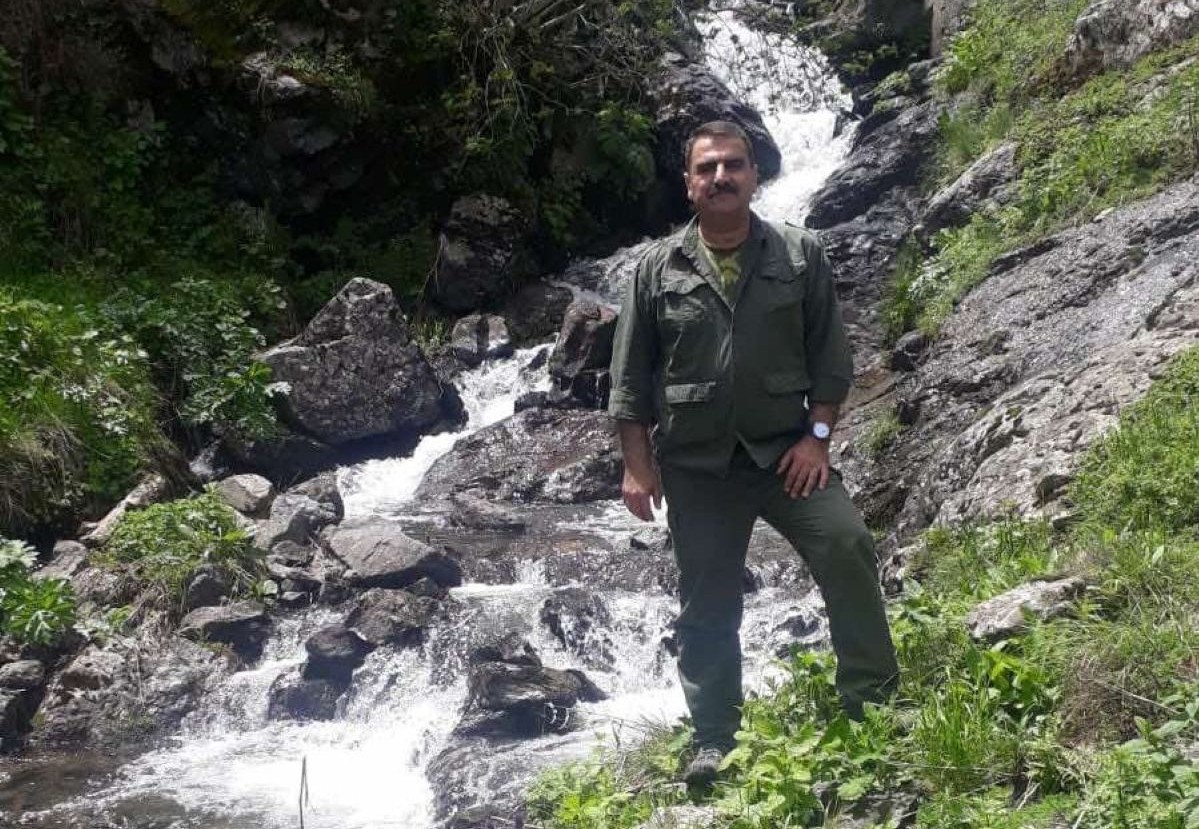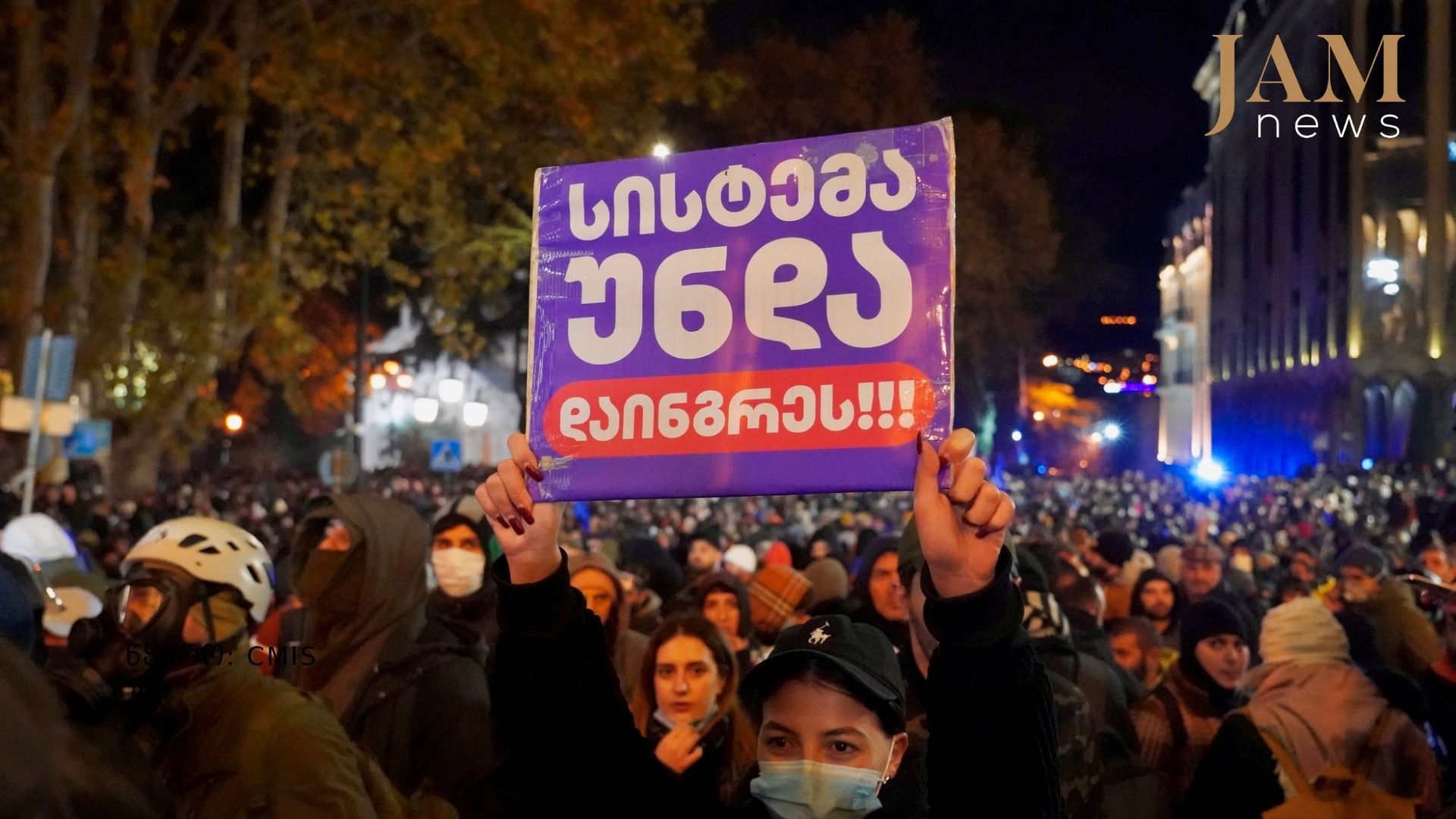Fewer tourists, more trouble: Armenia’s travel sector under strain
Changes in Armenia’s tourism sector
Armenia’s tourism sector has summed up the results of 2024, revealing a 4.7% decline in the number of tourists visiting the country compared to the previous year. At the same time, several important legal and tax changes have been introduced. Their effectiveness will be tested with the start of the new season. Travel companies believe these changes may pose additional risks for them.
What are the expectations of the Tourism Committee – the state body coordinating the sector – and how do those affected by the new regulations assess the situation?
- More than 2 million tourists visited Armenia for the first time
- Tourist arrivals from Russia to Armenia drop by 23%
- Fewer tourists in Armenia despite gov’t investments in tourism sector
Digitalisation of the tourism sector
The Law on Tourism, which regulates the rights and responsibilities of all actors in the sector, came into force on 1 September 2024. Under this legislation, the Tourism Committee is required to create an electronic register of resources and individuals providing tourism services.
“We are moving towards the digitalisation of tourism. Those registered on the digital platform created by the committee will receive an official state certificate. This way, clients using their services will know they are dealing with verified providers,” emphasised Lusine Gevorgyan, Chair of the Tourism Committee.

All tourism service providers required to have a website
Under a government resolution that came into force in February this year, new rules were introduced for the provision of tourism services. One of the key requirements is the presence of a regularly updated website. This applies not only to travel companies, but also to individual agents operating independently.
The Tourism Committee believes that having a website will help build trust among tourists and also contribute to the protection of their rights.
“We expect tour operators, hotels and agents to have a website where a standard form of their contracts will be published. By downloading and signing it, the tourist will be better protected. When there is a contract, we at least have a basis for defending their rights. A website can now be ordered for 30,000–80,000 drams [$77–206]. This one-time investment and the provision of quality services are very important,” said Lusine Gevorgyan.
However, Diana Mnatsakanyan, director of the travel agency Looys Travel, disagrees:
“Why should someone force my business to have a website? Let me decide for myself how important a website is for growing my business and working effectively with international partners – and whether I need one at all. If I feel that it’s necessary for my business, I’ll be the first to take steps.”
She added that in her years of experience, partners have never considered the presence of a website to be important. Mnatsakanyan also disputes the committee head’s claim about the cost of creating a site:
“Why should I build a website for 80,000 drams? Just to tick a box? I don’t need a website like that. The kind of site I want will cost upwards of 400,000 drams [over $1,000]. And after that one-time investment come monthly expenses for maintenance, the domain, and other services.”
Yasha Solomonian, Chair of the Armenian Association of Professional Guides, shares his colleague’s concern:
“If this requirement imposes additional costs on businesses and makes their situation more difficult, perhaps this point should be reconsidered?”
Another mandatory requirement — having at least one employee
Yasha Solomonian believes another requirement of the law is even more problematic. From now on, tourism companies and travel agents are required to have at least one employee under an open-ended employment contract.
“The requirement to hire an employee is a blow to small businesses. A travel agent operating as a sole proprietor can manage their work independently. When they grow enough to enter larger markets, they will decide for themselves whether or not to hire staff. But making it a condition — if you want to work in tourism, you must employ someone — is absurd, both in terms of cost and efficiency,” he explains.
“Tourism is a field where one person can easily provide services without hiring additional staff. It’s an essential part of small business. And no one has the right to force someone to have an employee,” says Diana Mnatsakanyan.

Turnover tax doubled
Under amendments to the Tax Code adopted in 2024, the turnover tax has been doubled. It now stands at 10%, up from the previous 5%.
Diana Mnatsakanyan believes this tax hike could have serious consequences for the tourism industry:
“It’s already very difficult for small businesses to operate in Armenia, because the market is small and currently stagnant. In these conditions, increasing the turnover tax will cause major problems — and not just in the tourism sector.”
According to Yasha Solomonian, these changes are poorly thought through, at least when it comes to tourism:
“Tourism has been declared a priority sector. And yet it’s one of the industries that has suffered the most in recent years. It has not fully recovered from the coronavirus pandemic and the 2020 war. Against this backdrop, the additional tax burden, rising prices, and the dram strengthening against the euro and the dollar have made our tour packages very expensive. We are no longer competitive in the region. We are struggling to sell our packages.”

He believes these changes will force small companies to shut down:
“Many are already experiencing a sense of decline. A lot of sole proprietors are thinking about changing industries or looking for work abroad. People realise that operating under stricter conditions and paying higher taxes will no longer be sustainable. I’m facing difficulties myself — I can’t explain to my partners why tour packages to Armenia are 20–30% more expensive than those to Georgia.”
Diana Mnatsakanyan adds that as a result of recent changes, many tourism services will now be offered for cash, increasing the size of the shadow economy:
“Some small organisations may close. The peak tourist season hasn’t even started yet. We still don’t fully understand what’s happening. But in the middle of the season, we’ll all feel this enormous weight on our shoulders.”
Expectations amid declining tourist flows
In 2024, Armenia was visited by 2,208,179 tourists – 108,000 fewer than in 2023.
For many years, a significant proportion of tourism visits came from Russia, accounting for around 43%. In 2024, the number of visitors from Russia fell by over 199,000, amounting to 937,823.
There was also a marked decline in the number of tourists from Moldova, Iraq, Saudi Arabia, Mexico, Syria, Kuwait, Slovakia, and the UAE.
At the same time, interest grew significantly among tourists from Iran, Georgia, China, India, South Korea, the Philippines, France, Ukraine, the Netherlands, Egypt, and the United States.

The Chair of the Tourism Committee assures that efforts are being made to attract new tourist flows from target countries.
“Our goal for the next five years is to reach 3 million tourist visits to Armenia,” she stated.
“I’ve been working in tourism for 16 years, and from day one I’ve heard that our goal is 3 million visits. But the steps being taken now will only make it harder to reach that target,” says Yasha Solomonian.
Diana Mnatsakanyan, however, remains hopeful that the committee’s efforts will soon bear fruit:
“Tourism in our country is still in its formative stage. It’s clear that this transitional period is challenging — not just for the companies and agents working in the field, but also for the coordinating state body. As for the legislative changes, I hope the committee will listen to us and reconsider its decisions. Otherwise, 2025 may be the final year for many who provide tourism services.”





















